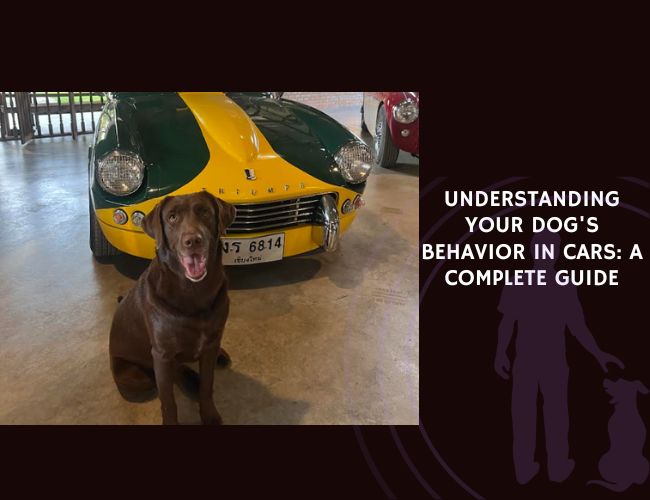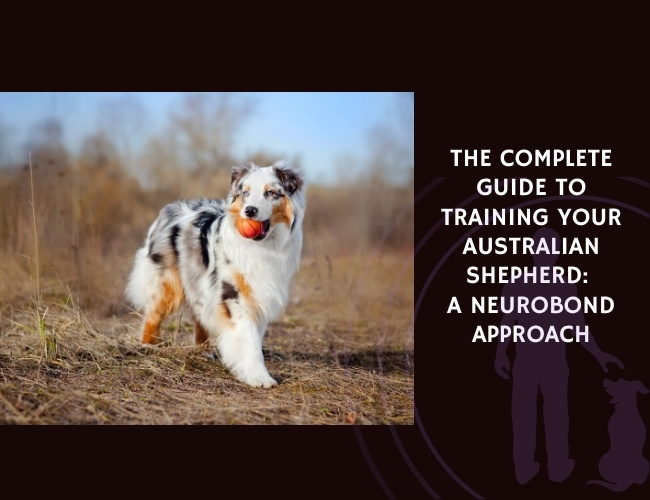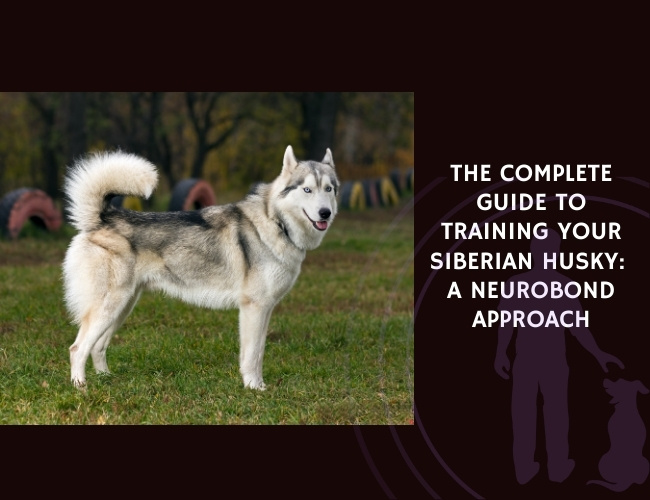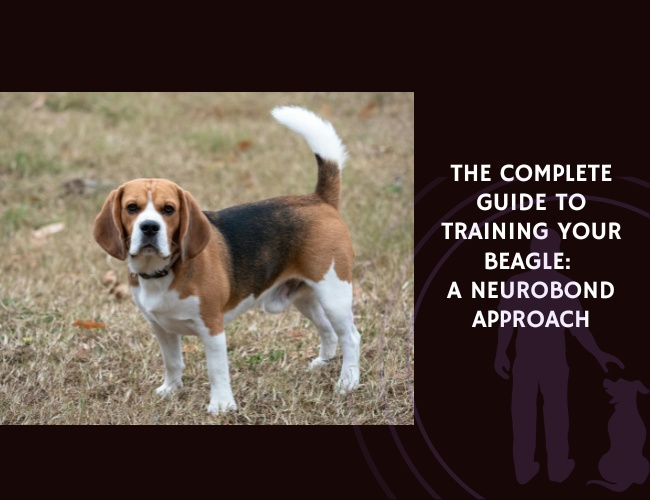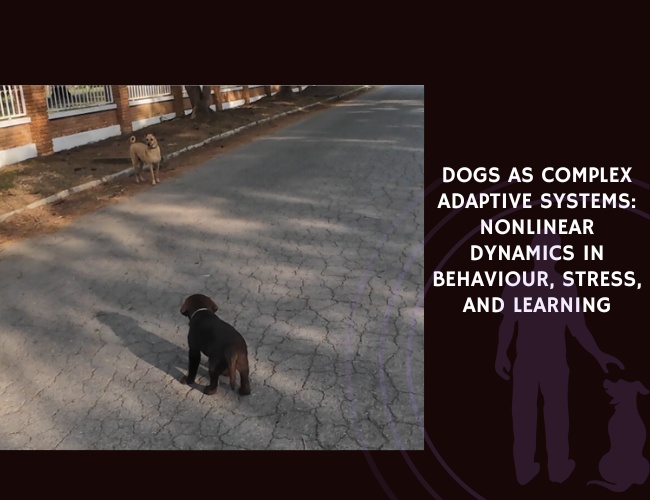Every dog owner has experienced it—the moment you jingle your keys, your furry friend either bounces with excitement or shrinks away with anxiety. Car travel can be a source of joy or stress for our canine companions, and understanding why can transform every journey into a positive experience for both of you. Whether your dog loves car rides or struggles with motion-related stress, this comprehensive guide will help you decode their behavior and create comfortable travel experiences together.
Understanding Motion-Related Behaviors in Dogs
The Science Behind Car Anxiety
When we think about car travel from your dog’s perspective, we’re looking at a complex sensory experience that can overwhelm their nervous system. The motion, vibrations, sounds, and changing visual landscape create a unique environment that some dogs find thrilling while others find deeply distressing.
Whining and Vocalization Patterns
Research has identified whining as one of the most common stress indicators during car travel. Your dog’s whining isn’t just noise—it’s communication. This vocalization often increases in frequency and pitch when stress levels rise, serving as an early warning system that your furry friend needs support.
Physical Stress Manifestations
You might notice your dog displaying lip licking and yawning behaviors that seem out of context during car rides. These aren’t signs of sleepiness or hunger—they’re displacement behaviors that help dogs cope with anxiety. Think of them as your dog’s way of self-soothing when the environment feels unpredictable.
Restlessness and Movement Patterns
Many dogs experience difficulty settling during car travel, moving from position to position as they try to find comfort. This restlessness often intensifies during turns, stops, or acceleration, when the motion becomes most noticeable to their sensitive vestibular system.
The Hidden Signs of Motion Sickness
Beyond obvious symptoms like vomiting, dogs experience motion sickness through more subtle signs. Excessive panting unrelated to temperature, hypersalivation, and attempts to pace within confined spaces all indicate that your dog’s body is struggling to process the motion experience.
Understanding these behaviors helps you recognize when your dog needs intervention before their distress escalates to more severe symptoms. 🐾
Physiological Stress Responses: What’s Happening Inside
The Cortisol Connection
Recent research has revealed fascinating insights into how car travel affects dogs physiologically. Serum cortisol levels—often called the “stress hormone”—show significant elevation from baseline during car journeys. This isn’t just temporary discomfort; it represents a genuine stress response that can impact your dog’s overall wellbeing.
Heart Rate and Cardiovascular Changes
Your dog’s cardiovascular system responds dramatically to car travel stress. Heart rate variability changes indicate that their autonomic nervous system is working overtime to manage the perceived threat. These changes persist throughout the journey and can take time to return to normal even after travel ends.
Temperature and Activity Monitoring
Surface temperature changes and altered activity levels provide additional windows into your dog’s stress response. Some dogs become hypervigilant and overly active, while others may freeze or become unusually still as a coping mechanism.
The Chronic Nature of Travel Stress
What’s particularly concerning for dog welfare is that these physiological responses don’t diminish with repeated exposure for many dogs. Unlike humans who often adapt to regular commutes, dogs may continue experiencing the same stress levels journey after journey without intervention.
This persistent stress response highlights why addressing car travel anxiety isn’t just about comfort—it’s about your dog’s long-term health and quality of life. The repeated elevation of stress hormones can have cascading effects on immune function, digestion, and overall behavioral wellbeing. 🧡
Cognitive and Emotional Aspects of Car Travel
Building Associations: The Power of First Impressions
Your dog’s brain is constantly creating associations between experiences and emotions. Early car travel experiences often shape their lifelong relationship with vehicles. A puppy who associates cars with exciting trips to the park will likely maintain positive feelings, while one whose first car experiences involved stressful vet visits may develop lasting anxiety.
Predictability and Control
Dogs thrive on predictability, and car travel often represents a loss of control over their environment. They can’t choose when to stop, where to go, or how fast to move. This lack of agency can be particularly distressing for dogs who are naturally anxious or have had previous negative experiences.
Memory and Conditioning Patterns
Your dog’s emotional response to cars begins before they even get inside. The sound of keys, the sight of a leash, or even your change in behavior as you prepare to leave can trigger anticipatory anxiety or excitement based on their learned associations.
The Sensory Overwhelm Factor
Consider the sensory bombardment your dog experiences during car travel: changing scents flowing through windows, varying engine sounds, visual stimuli moving at unnatural speeds, and physical vibrations through the vehicle. For dogs with heightened sensory sensitivity, this combination can create overwhelming stress.
Understanding these cognitive and emotional layers helps explain why some interventions work better than others and why patience is essential when helping dogs overcome car travel challenges.
Risk Factors and Individual Predispositions
Breed-Specific Considerations
While research hasn’t definitively established breed-specific predispositions to car anxiety, certain characteristics may influence how dogs experience travel. Breeds with heightened sensory awareness, such as herding dogs bred for environmental vigilance, might be more susceptible to motion-related stress.
Size and Physical Factors
Smaller dogs may experience more intense motion sensations due to their lower center of gravity and closer proximity to vehicle vibrations. Conversely, larger dogs might struggle with spatial constraints that limit their ability to adjust position for comfort.
Age-Related Vulnerabilities
Puppies and senior dogs often show different patterns of car travel stress. Young dogs may lack the neurological maturity to process complex sensory input, while older dogs might have developed negative associations or physical sensitivities that compound travel difficulties.
Previous Trauma and Experience
Dogs with histories of negative car experiences—such as emergency vet visits, abandonment, or accidents—carry emotional baggage that influences future travel. These memories can create hypervigilant responses where dogs remain constantly alert for danger during car rides.
Sensory Processing Differences
Some dogs naturally process sensory information differently, making them more vulnerable to motion-related stress. Dogs with existing anxiety disorders or noise phobias often show increased sensitivity to car travel challenges.
Understanding your individual dog’s risk factors helps you tailor interventions and set realistic expectations for improvement timelines. 🐾
Anxious. Restless. Overlooked.
Cars amplify stress. Vibrations, motion, and changing sights overwhelm many dogs’ senses, triggering whining, lip licking, and restless shifting. These signals aren’t misbehavior but clear communication of mounting anxiety in a confined space.
Bodies reveal the strain. Elevated cortisol, rapid heart changes, and altered temperature patterns show that car rides often provoke deep physiological stress. These responses persist beyond the journey, silently taxing health and resilience.



Chronic stress demands care. Unlike people, dogs rarely adapt naturally to repeated travel. Without intervention, each ride compounds the toll on wellbeing, making proactive support essential for comfort and long-term stability.
Evidence-Based Interventions for Car Travel Stress
Cannabidiol (CBD) Treatment Approaches
Recent research has provided exciting insights into CBD’s effectiveness for managing car travel stress in dogs. Studies using tetrahydrocannabinol-free CBD distillate showed significant improvements in stress markers over six-month treatment periods.
Dosage and Administration Findings
Research indicates that CBD dosing at 2 mg/kg body weight, particularly when combined with L-Tryptophan and α-casozepine, produces measurable reductions in cortisol response to car travel. However, CBD plasma levels vary dramatically between individual dogs, which may explain why some dogs respond better than others to treatment.
Timeline for Improvement
The studies suggest that CBD’s stress-reducing effects become more pronounced with consistent daily dosing rather than as-needed administration. This indicates that building up therapeutic levels in your dog’s system may be more effective than treating travel stress reactively.
Behavioral Modification Strategies
While the research focuses primarily on pharmacological interventions, behavioral approaches remain fundamental to long-term success. Creating positive associations with cars requires patience and systematic exposure.
Gradual Habituation Protocols
Start with your dog simply being near the parked car, rewarding calm behavior with treats and praise. Progress to sitting in the stationary vehicle, then short drives around the block, gradually building positive experiences.
Counterconditioning Techniques
Pair car travel with your dog’s most beloved activities—special treats, favorite toys, or visits to exciting destinations. The goal is to shift their emotional response from anxiety to anticipation.
Environmental Modifications for Comfort
Climate and Airflow Management
Proper ventilation reduces the stuffiness that can contribute to motion sickness. However, be mindful of overwhelming your dog with too many new scents from open windows, which can add to sensory overload.
Spatial Considerations
Providing your dog with a secure, comfortable space—whether through proper crating, safety harnesses, or designated seating areas—helps them feel more secure during travel. The key is consistency; use the same setup for each trip to build familiarity.
Safety and Welfare Considerations
Immediate Safety Concerns
Unrestrained, stressed dogs pose significant safety risks during car travel. Anxious dogs may try to escape, interfere with driving, or injure themselves during sudden stops or turns. Proper restraint systems protect both your dog and human passengers.
Stress-Related Safety Risks
Dogs experiencing severe car anxiety may engage in destructive behaviors, attempt to escape through windows, or become aggressive due to fear. These behaviors can cause accidents or injuries that extend far beyond the initial stress response.
Long-Term Welfare Implications
Repeated exposure to high-stress situations without intervention can have lasting effects on your dog’s mental health. Chronic stress contributes to immune suppression, digestive issues, and behavioral problems that may manifest in other areas of their life.
Quality of Life Considerations
For dogs with severe car anxiety, the stress may begin hours before travel and persist long after arrival. This means that even occasional car trips can significantly impact their daily wellbeing and your relationship with them.
Understanding these welfare implications emphasizes why addressing car travel stress is about more than convenience—it’s about ensuring your dog’s overall quality of life. 🧡
Creating Positive Car Travel Experiences
Pre-Travel Preparation Strategies
Routine Development
Establish consistent pre-travel routines that signal positive experiences ahead. This might include special treats, brief play sessions, or calming activities that help your dog enter a relaxed state before getting in the car.
Exercise and Mental Stimulation
A well-exercised dog is often a calmer traveler. Provide appropriate physical activity before car trips, but avoid intense exercise immediately before travel, which might contribute to motion sickness.
During-Travel Management
Rest Break Planning
For longer journeys, plan regular stops that allow your dog to stretch, relieve themselves, and reset their stress levels. These breaks provide opportunities for positive experiences and prevent stress accumulation.
In-Car Enrichment
Consider providing appropriate mental stimulation during travel—special chew toys, puzzle feeders, or comfort items that help your dog focus on positive activities rather than travel stress.
Post-Travel Recovery
Decompression Time
Allow your dog time to decompress after car travel, especially if they showed stress signs during the journey. This might involve quiet time in their favorite space or gentle, calming activities.
Positive Association Building
End each car trip with something your dog loves—whether it’s a special treat, playtime, or simply praise and affection. These positive endings help build better associations with the entire travel experience.
Senior Dogs and Special Considerations
Age-Related Changes
Senior dogs may develop new sensitivities to car travel as they age. Arthritis can make positioning uncomfortable, cognitive changes may increase anxiety about unfamiliar experiences, and sensory changes can alter how they process travel stimuli.
Comfort Modifications
Older dogs benefit from additional comfort measures—orthopedic bedding, climate control, and shorter travel distances. Their needs may change over time, requiring ongoing adjustments to travel arrangements.
Health Monitoring
Senior dogs with car travel stress may need more frequent health monitoring, as chronic stress can exacerbate age-related health conditions. Work closely with your veterinarian to ensure travel stress isn’t impacting their overall health.
Medical Considerations
Medication Interactions
Senior dogs often take medications that may interact with anti-anxiety treatments or affect their response to stress. Always consult with your veterinarian before starting new interventions for car travel anxiety.
Individual Assessment
Each senior dog’s needs are unique. Some may benefit from reduced travel frequency, while others may need more intensive intervention strategies to maintain their quality of life as they age.
Conclusion: Building a Positive Relationship with Car Travel
Understanding your dog’s behavior in cars opens the door to more comfortable, enjoyable journeys for both of you. The research clearly shows that car travel stress is a real, measurable phenomenon that affects dogs physiologically and emotionally. However, with patience, proper intervention strategies, and sometimes professional support, most dogs can learn to tolerate or even enjoy car travel.
Remember that every dog is an individual with unique needs, sensitivities, and learning patterns. What works for one dog may not work for another, and success often requires combining multiple approaches—behavioral modification, environmental changes, and sometimes pharmaceutical support.
The key is to start where your dog is comfortable and build positive associations gradually. Whether your dog currently loves car rides or finds them terrifying, there’s always room for improvement in their travel experience. With consistent effort and understanding, you can help your furry friend develop a more positive relationship with car travel, opening up new opportunities for adventures together.
Your patience and dedication to understanding your dog’s needs will create a foundation for years of comfortable travels and shared experiences. Every small step toward reducing their stress is an investment in their wellbeing and your bond together. 🐾

